Pasta, what goodness! Everyone envies it! Every foreigner after a trip to Italy is conquered by it and so when he returns to his country of origin, in addition to the climate, the natural and artistic beauties, he also regrets his simpler and poorer foods such as pasta.
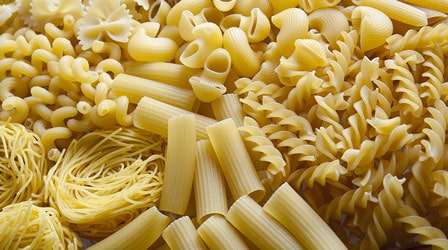
Years ago, two little Bengali brothers, my loved nephews, accustomed to feeding on rice, rice and rice, boiled and accompanied by boiled vegetables or boiled chicken, after a year of stay in Sicily, they didn’t want to eat anything but pasta with tomato sauce and even today that they have moved to the United States they can no longer give up on Pasta.
But this food, in addition to being tasty, contains not only exceptional organoleptic qualities and sufficient substances for a good diet, it is also within reach of all budgets and if properly cooked and seasoned it is a real delight for the palate.
It is now no secret for anyone or at least for pasta lovers that this food was born right here in our land; some treatises talk about it starting from 1100 and even if various countries and peoples (even the Chinese) contend for its supremacy, it seems that pasta, at least in the most known format in the world, that is spaghetti, was created in Sicily , in a charming village on the outskirts of Palermo, namely Trabia.
Questo riconoscimento gli è stato attribuito nientedimeno che da un geografo della Corte di Ruggero II, un tale arabo di nome Al-Idrisi che in un suo libro parlava di un tipo di pasta essiccata chiamata “Itrya”, dall’arabo “tria” che di là veniva spedita in tutti i paesi del Mediterraneo.
And it is precisely in the hinterland of Trabia and the coastal strip from Termini Imerese to Casteldaccia, due to the wealth of water and wheat crops that many mills and pasta factories were born, such as Arrigo, Di Cola, Messineo, Pusateri, Russo, Tomasello, all unfortunately, today, overwhelmed by the economic crisis in the sector.
Obviously pasta becomes a gastronomic goodness, also depending on the various condiments used, the various precautions used to cook it and the different culinary traditions that have been created around it and especially after the invention of tomato sauce starting from 1500, when tomato cultivation was introduced in Italy from the countries of Central America by the Spanish explorer Cortés.
But if we want to look further and fly higher, pasta as well as a complete food and a gastronomic specialty can also be considered something else.
In fact, it must be considered a valid tool to promote and enhance the Italian territory, but above all ours: the Sicilian one.
Both the promotion and the enhancement of our land cannot ignore, in addition to the protection and enhancement of our natural, historical and artistic beauties, as asserted by the Urbani Code, also from the re-evaluation of our culinary traditions and from the diffusion of the same and from the production of those products that constitute our raw materials par excellence, namely wheat, oil, vines and citrus fruits (let’s not forget the famous garden of Kolymbetra, in the Valley of the Temples in Agrigento or the more recent Conca d’Oro).
These products of the earth can be considered as a photograph of the territories where they were cultivated and of which they also constitute the identities.
And today, in consideration of the rediscovery of the gastronomic culture of the places and the development of food and wine tourism, a new role has been attributed to the products of the earth, which is added to the primary one of food essential to human life, namely that of identity, that is linked to identity of the places and their inhabitants.
And it is for this reason that, as for other products, new tools have been created to enhance the territory, born from the need to recognize the products of the earth, an added value, the identity value: that new value which is precisely that connected to the traditions of the peoples who come from these and in which the inhabitants of the places recognize themselves, as a material and oral testimony of civilization (see the ways of cheese, the ways of oil, etc. recognized by the Region as such).
It would therefore be advisable to create tourist circuits for pasta in order to make known the various types (durum wheat, soft wheat, buckwheat, etc.), its nutritional value and the various ways of cooking it starting from ancient recipes, so as to rediscover the path traveled until today, it is important.
The Sicilian Academy of Pasta is aimed precisely at collecting and protecting these values.
Prof.ssa Wanda Cortese
Lecturer in administrative law and cultural heritage law

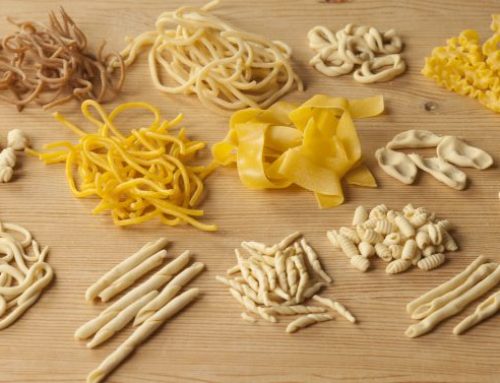
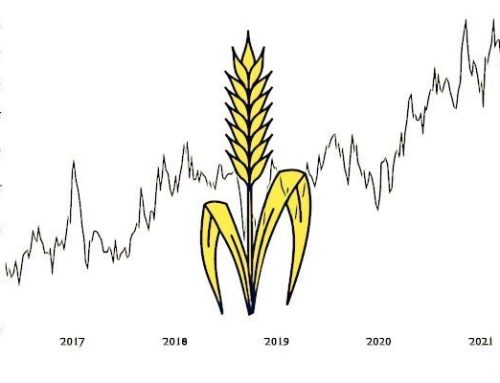
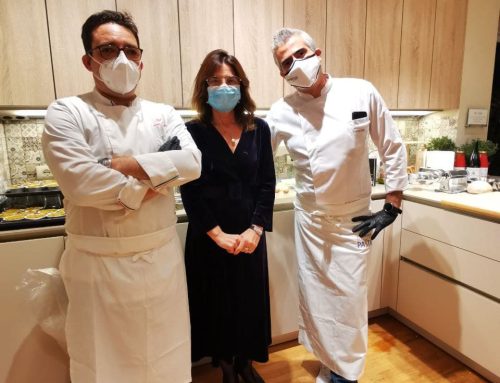

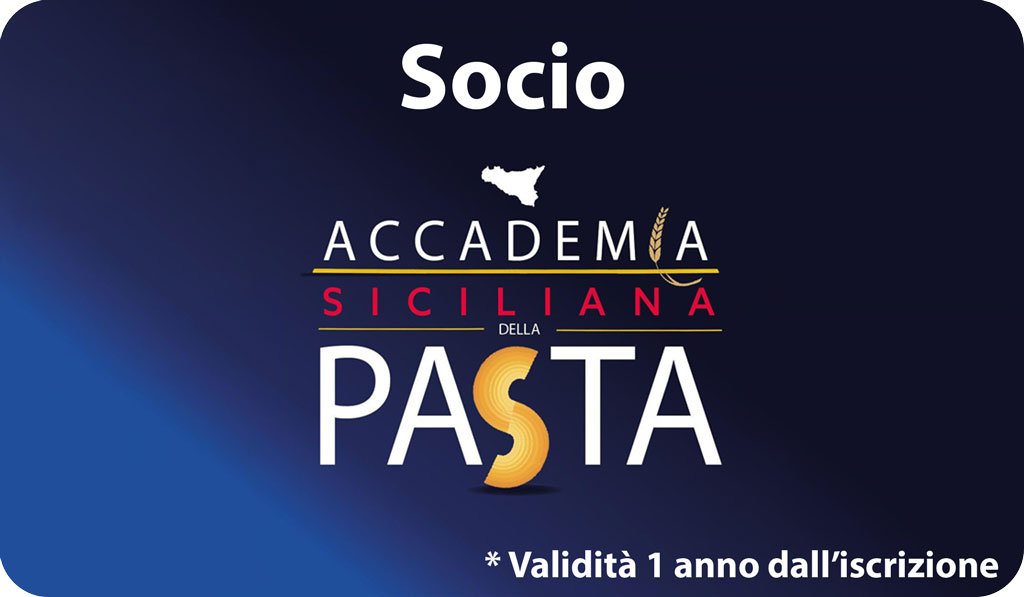
Leave A Comment